The large, broadly heart-shaped dark green leaves with pleated appearance and slightly paler midrib and prominent veins make Philodendron pastazanum such a beauty. Did you know it is easy to grow and air purifying?
Discover how to identify P. pastazanum, i.e., growing habits and appearance (leaves, stems, and flowers). Also, there is a discussion of Philodendron pastazanum silver and a comparison with plowmanii, McDowell, and gloriosum.
We also have Philodendron pastazanum care (humidity, temperature, light, watering, soil, pruning, etc.), propagation, and issues. And if you like it, Etsy.com has dozens of sellers even in your location, i.e., Australia, Canada, the UK, or the US.
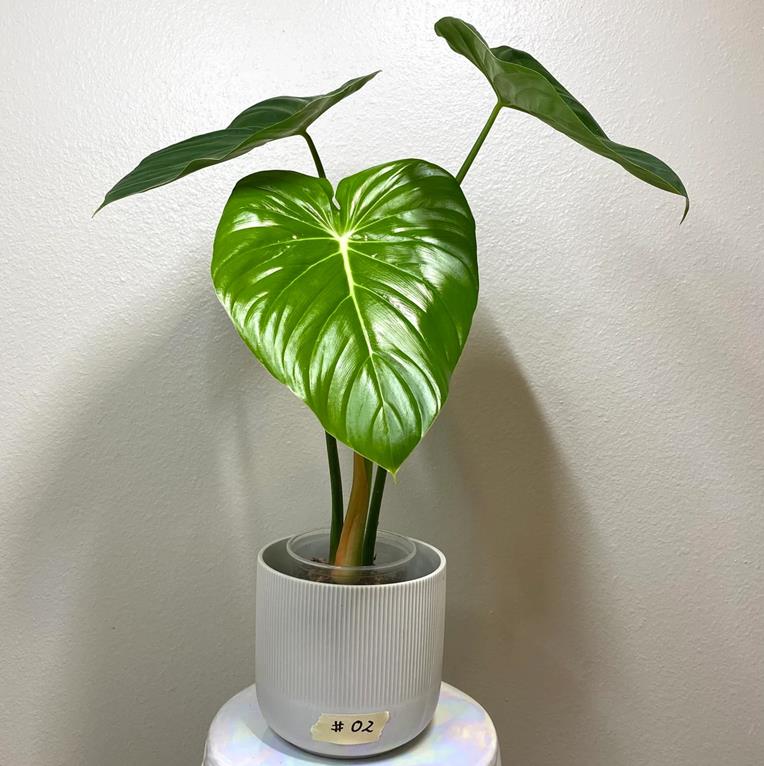
Contents
- Quick overview
- Description and appearance
- 1. Growing habits
- 2. Growth rate and size
- 3. Leaves
- 4. Stems
- 5. Flowers
- Philodendron pastazanum vs. McDowell
- Philodendron plowmanii vs. pastazanum
- Philodendron pastazanum vs. gloriosum
- Philodendron Pastazanum Silver
- Philodendron pastazanum care
- Philodendron pastazanum propagation
- 1. What you need
- 2. Steps to follow
- Issues or problems
- Where buy Philodendron pastazanum
- Frequently asked questions (FAQs)
Quick overview
- Scientific name: Philodendron pastazanum
- Common names: Pasta Plant Philodendron and some people call it My Pasta, especially on social media
- Family: Araceae (aroids or arum family)
- Native habitat: Ecuador and Peru.
- Toxicity: All plant parts are toxic to cats, dogs, or humans because they have insoluble calcium oxalates. If ingested, they will cause severe oral irritation and a burning feeling. Patients may also have swollen red lips, tongue or mouth, and swallowing difficulties. More symptoms include lack of appetite, drooling, etc. Keep it out of reach of pets and kids.
- Care level: Easy or low maintenance
This adorable plant gets its name from Pastaza, a province in Ecuador where botanists made collections in the 1970s, ‘
Description and appearance
1. Growing habits
Philodendron pastazanum is an evergreen, terrestrial creeping, flowering plant native to Ecuador and Peru.
It grows more like Philodendron gloriosum, where aerial shoots grow horizontally on the surface. It grows on valleys, stream cliffs, and wet areas in disturbed forests. Also, it does grow along roads in its natural habitat.
2. Growth rate and size
Philodendron pastazanum is a moderately fast-growing plant that can get about 3-5 feet (1-1.5m) long and up to 4.5 feet high. But at home, these plants may not grow as tall.
3. Leaves
A Juvenile plant will have smaller, more or less heart-shaped leaves. But as it grows to maturity, the leaves transform in their shape and become bigger.
Mature Philodendron pastazanum have large, 11-26 inches (28–65 cm) long by 8-19 inches (20–48 cm) broad, broadly heart-shaped, somewhat leathery, dark green glossy, semi-glossy, matte, or sub-velvety leaves. Their midrib is slightly paler, and their primary veins are bluntly sunken (giving it a ridged or pleated look) and lighter towards the midrib.
A more accurate description of pastazanum leaf is broadly oval peltate with the base broadly sagittate leaves. Also, the posterior lobes form a closed to V-shaped opening or sinus.
Lastly, pastazanum has a firm, 15 to 49 inches (37–125 cm) long medium green to dark green round to nearly round petiole with numerous whitish streaks. But they are flatted on the upper size towards the top side, and they are longer than the leaf blade.
4. Stems
P. pastazanum’s repent stems have short internodes and are relatively thick. Repent means they creep flat on the surface, with aerial roots growing to the soil.
These stems have green, red, or reddish-brown cataphylls that wither and remain intact or fall. These cataphylls have fine pale-striate, low sharp rib on either side or none and feel spongy. If they persist, they will turn dark brown and fibrous.
5. Flowers
Mature Philodendron pastazanum bears 1-2 inflorescences per axil with a spathe (bract) and spadix. Its subterete peduncle is medium green to white and has coarse white striate.
The upper part of the spathe, i.e., the blade, is cream to white, glossy inside, and faintly shiny outside. But it may occasionally have a pinkish tinge or appear faintly reddish on the outer side.
On the other hand, the spathe tube is maroon outside, red-violet to wine-red, and rarely faintly pink-tinged inside.
Lastly, the upper male fertile and middle sterilize spadix sections are white to cream, while the female bottom section is pale green but may turn greenish-white upon maturity.
Philodendron pastazanum vs. McDowell
Philodendron McDowell (Philodendron Dean McDowell) is a Philodendron pastazanum x gloriosum hybrid created by John Banta and named after Dean McDowell. Many people mislabel or confuse this hybrid with P. pastazanum. But they are different plants.

If you have trouble distinguishing them look at leaves (lamina and petiole), cataphylls, and new growth.
P. McDowell leaves are duller, less glossy, but more velvety with a pinkish or reddish margin and more visible midrib and primary veins. Also, their petioles have more visible and longer white lines or streaks.
P. pastazanum, on the other hand, has glossier (rarely sub-velvety) leaves without a pinkish or reddish margin, and the primary veins are less visible. And their petioles have shorter, less visible whitish streaks.
Secondly, in McDowell, cataphylls are reddish, while in pastazanum, they are primarily greenish. But they can be reddish-brown.
Lastly, new McDowell leaves have pinkish margins and prominent veins, while in pastazanum, they are mainly greenish.
Philodendron plowmanii vs. pastazanum
Many people often confuse Philodendron plowmanii (unpublished creeper from Peru and Ecuador) with P. pastazanum. The most obvious way to distinguish the two is by looking at the petiole and the leaf blade.

Philodendron plowmanii has a colorful petiole. i.e., it is medium green with a reddish-purple tinge towards the apex. Also, it has lateral wings with undulating or wavy margins towards the top.
On the other hand, P. pastazanum petiole is medium to dark green, flatter on the top side towards the top, and isn’t colorful.
Also, by looking at the leaves, you should notice some differences. P. plowmanii has dark green leaves with a silvery mottling (not all specimens) with dark green in the midrib or primary veins. P. pastazanum, on the other hand, also has dark green leaves but not as dark. Also, their midrib and primary veins, especially towards the midrib, are paler.
Philodendron pastazanum vs. gloriosum
These two plants have a similar growth habit and bear some resemblance. So, some people may confuse them. But they do have apparent differences that are hard to miss. Just look at the petiole and leaves.
Philodendron gloriosum has velvety deep green leaves with a pale-yellow, whitish, or occasionally pinkish midrib and midrib. But when they emerge, they are chartreuse with the prominent veins and margin pinkish.
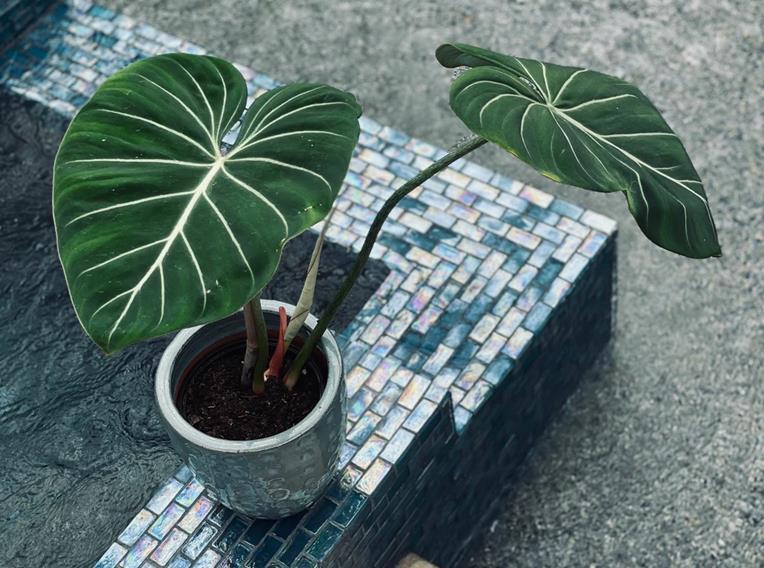
On the other hand, P. pastazanum has dark green leaves (sub-leathery, semi-glossy, glossy, sub-velvety, or matte) with bluntly sunken primary veins making them appear peated.
The second distinction is petiole. P. gloriosum has green petioles that are pinkish towards the apex, while P. pastazanum’s petioles are green to dark green and don’t have a pinkish tinge near the apex. But instead, they are flattened towards the top side.
Philodendron Pastazanum Silver
Philodendron pastazanum silver (white, silver cloud, or silver snow) is an unofficially named or mislabeled plant. It somewhat resembles and grows like P. pastazanum but has silvery-grey mottling.

Its primary veins are deep-set, making leaves look ridged, which together with the inflorescence suggest that it may be a close relative of Philodendron mamei.
Lastly, there is a possibility of the plant being a hybrid of one of the Philodendron species that have silvery leaves that crawl on the ground, including P. plowmanii.
Philodendron pastazanum care
Philodendron pastazanum needs a warm, humid area with bright indirect light. Grow it in a well-draining, airy potting mix and water it when the few top inches of the soil feel dry.
Feed it once a month with a balanced, liquid fertilizer for houseplants and prune it as necessary. Repotting is after about two years.
Here are P. pastazanum care needs:
| USDA hardiness zone | 10-12, not frost hardy. |
| Humidity | Average to above-average, 50% or more. If low, mist your plant, have a pebble tray, or humidifier, or move them to humid rooms like the bathroom. |
| Temperature | It grows best at 65 to 85 degrees Fahrenheit. Avoid temperatures below 55°F (12.8°C), cold drafts, or near heat sources. |
| Light needs | Bright, indirect light but can tolerate medium. Avoid direct sun or too little light. |
| Soil | The best potting mix for your Philodendron pastazanum should be well-drained, airy, and high in organic matter. Buy an aroid mix from Etsy.com or make it by adding perlite, peat moss, bark chips, and compost to your potting mix. |
| Watering | Thoroughly water (until water flows from drainage holes) your plant when 2-3 inches of the potting mix feels dry. It should be early dry up to the 1st knuckle, or your XLUX soil moisture meter should read three or less (in the dry zone). |
| Fertilizer | Feed once a month only in the growing season with a balanced, liquid houseplant fertilizer for houseplants like Bonide Liquid Plant Food 10-10-10 at half the suggested strength. |
| Pruning and grooming | Remove dead, diseased, or damaged leaves with your sterilized gardening shears and clean leaves when dirty or dusty. Also, in growing seasons, you can cut back the stem to control size. |
| Repotting | Repotting is after two years. Choose a narrower, longer planter, 3-4 inches longer. It doesn’t have to be very deep. |
| Stake or support | Totem, trellis, or moss pole not required |
Philodendron pastazanum propagation
Philodendron pastazanum propagation is by stem cutting in water or soil. But as a creeping plant, we recommend soil propagation. Air layering isn’t practical either.
The stem cutting must have at least a node, i.e., the knobby part where roots and leaves grow. Otherwise, you cannot use a leaf with a petiole, aerial roots, or a stem without a node.
Lastly, while you can propagate this or any other Philo plant at any time, spring or early summer works best. Why? You may want to know. The answer is simple. Your plant will have ample time to root and establish itself before the none growing seasons.
1. What you need
- Potting mix
- Nursery pot
- Gardening scissors
- 70-90% rubbing alcohol for sterilizing your gardening scissors.
- Transparent plastic bag. It is optional but vital if your humidity is low.
- Rooting hormone – Optional too but will promote quick rooting and prevent rooting. We use HydroDynamics Clonex Rooting Gel.
2. Steps to follow
- Put your potting mix into the nursery pot. If using sphagnum moss alone, start by soaking it in water for 15-20 minutes, then squeeze excess water. After planting your cutting, don’t water it again. Instead, mist it when it begins to dry.
- Select a healthy stem with at least a node or two and cut it below the lower node (about ¼ an inch from the node) with your sterilized gardening scissors. If it has roots in the potting mix, gently dig them out.
- Apply your rooting hormone on the cut end
- Plant your stem cutting horizontally on the potting mix, but don’t completely cover it or plant it deep into the soil. To keep it upright, use a small totem.
- Thoroughly water your plant and cover it with your plastic bag, leaving a small opening for breathing. Ensure the bag doesn’t touch the foliage.
- Move your plant to a warm place with bright indirect light. Temperatures of 70 to 80 degrees Fahrenheit will promote faster rooting.
- After every few days, remove the plastic bag for a few hours to let the plant breathe. Also, mist the potting mix if it begins to dry.
By the end of the 4th to 6th week, your plant will be rooted, have new growth, and be ready for transplant. But the exact duration depends on the conditions prevailing.
Issues or problems
While easy to grow, there are some problems you may encounter. Common ones are:
- Pests: May get aphids, thrips, scale insects, mites, and mealybugs. But they are uncommon. Use neem oil, insecticidal soaps, or horticultural oil sprays.
- Diseases: Susceptible to some bacterial and viral leaf spots, rusts, or blights but are rare. Practice proper sanitation, and isolate new plants.
- Root rot: Philodendron pastazanum root rot is prevalent to people who overwater this plant or whose potting mix doesn’t drain. Immediately repot, cutting any decayed roots with sterilized gardening scissors.
- Leaves are turning yellow: Likely cause is overwatering. However, too much or too little light, low humidity, cold drafts, heat stress, or nutrient deficiency may also be reasons.
- Brown leaves: Brown tips and margins are a sign of underwatering, low humidity, too much light, heat stress, and fertilizer burns. But if your plant has brown spots, it may be pests or diseases, while brown splotches are a sign of underwatering. Also, cold drafts can cause browning overnight.
- Leaves curling: Happens to proven moisture loss or protect the plant. The most likely reasons are underwatering, low humidity, heat stress, and too much light. But it may also be fertilizer burns, root rot, or anything that causes increased moisture loss or hampers water absorption.
- Drooping and wilting: Plants droop when cells don’t have enough water to keep them rigid. Reasons are similar to those that make leaves curl.
Note: As you try to find out the causes of any of these issues, things like repotting shock or a rootbound plant may be reasons for leaves curling, drooping, brown tips or edges, and yellowing.
Where buy Philodendron pastazanum
Etsy.com should be the first place to buy Philodendron pastazanum online. It has many vendors from the US, Canada, Australia, the UK, etc., or those who will ship to your location.
Besides Etsy, eBay is a great alternative. Also, try Facebook or Instagram. If you still haven’t found the plant, google Philodendron pastazanum for sale for more recommendations.
Frequently asked questions (FAQs)
Yes. Philodendron pastazanum is a rare and hard-to-find tropical evergreen houseplant. You will not find it in your local or big box stores, and none of the large horticultural growers have it.
The price of Philodendron pastazanum ranges from $70 to $200 for a rooted cutting to a medium plant. An unrooted cutting will cost you about 35 to $70.

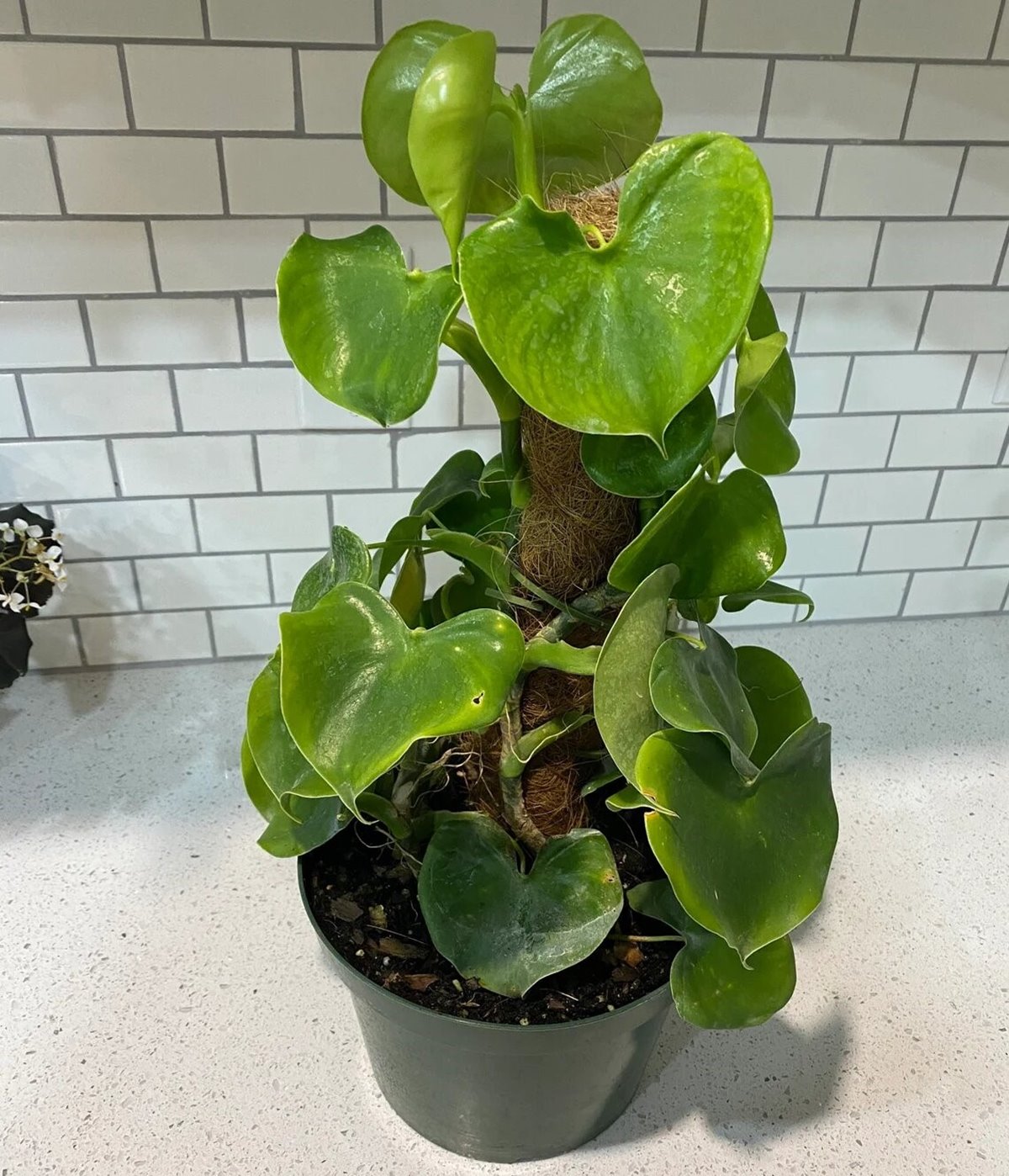
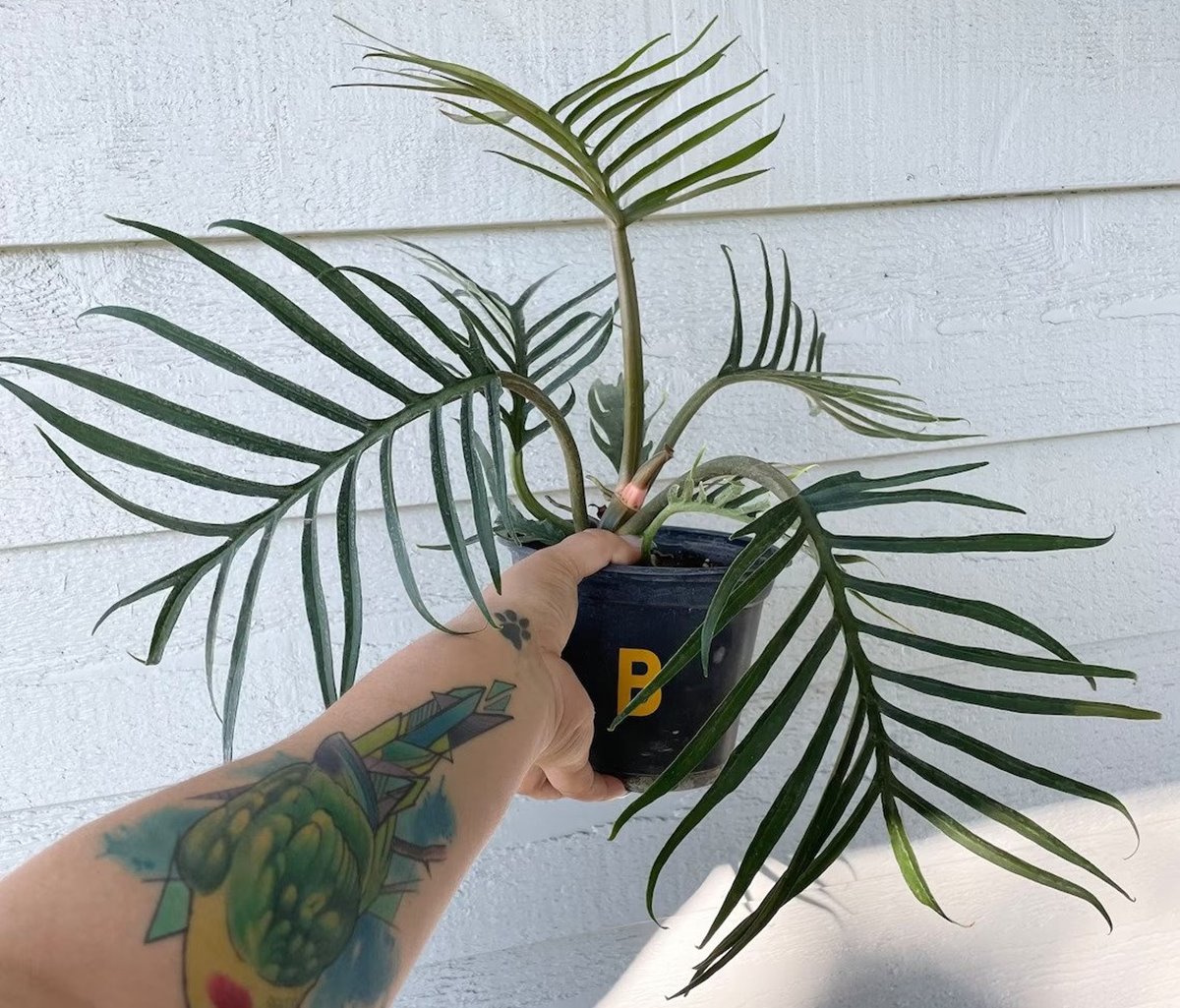
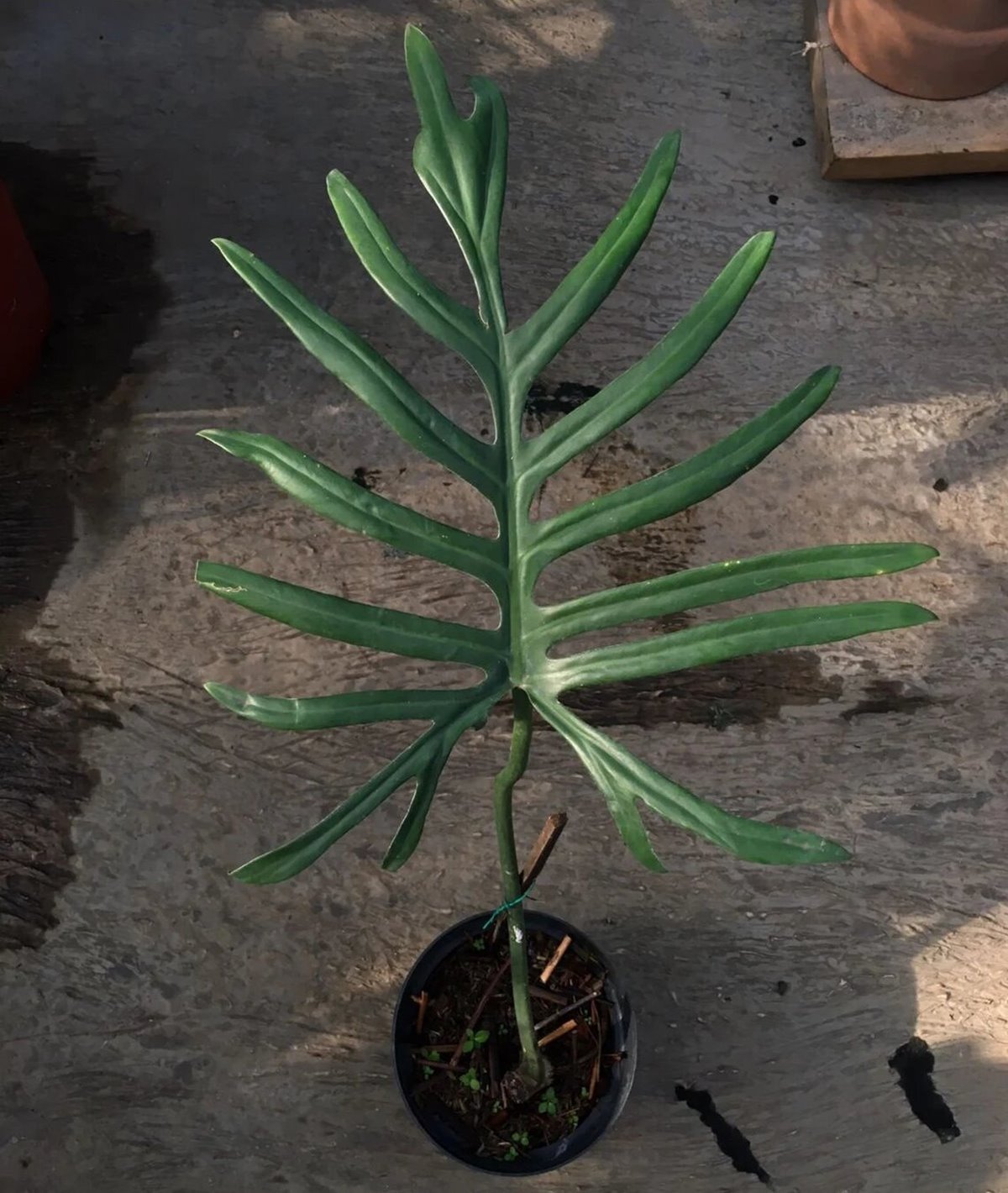

Leave a Reply